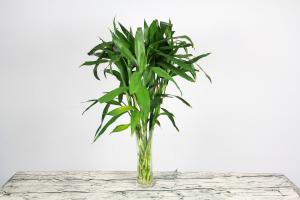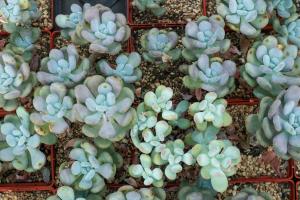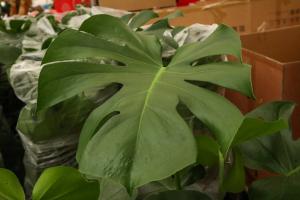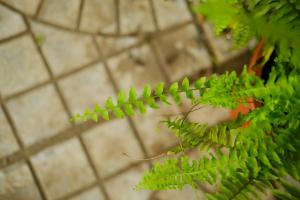Introduction
Salinity is a major problem for plants living in coastal and arid regions. Plants need water to survive, but the salts in seawater, soil, and groundwater can cause problems for them. Saltwater contains high levels of sodium and chloride ions, which are toxic to most plants at elevated concentrations. However, some plant species have evolved mechanisms to tolerate saltwater. In this article, we will discuss how different plant species tolerate saltwater and their mechanisms for doing so.
Halophytes
Plants that can survive in saline conditions are called halophytes. Halophytes are classified into two types based on their salt tolerance: facultative halophytes and obligate halophytes. Facultative halophytes can grow in both saline and non-saline conditions. Obligate halophytes, on the other hand, can only grow in saline conditions.
Halophytes have several mechanisms to tolerate salt water. One of the most common mechanisms is salt excretion. Salt excretion is the process by which excess salts are removed from the plant's tissues. Halophytes excrete salt through glands on their leaves or by accumulating salt in specialized tissues called salt bladders.
Another mechanism used by halophytes is the exclusion of salt from their roots. Halophytes can limit the uptake of salt by selectively absorbing ions that are beneficial to plant growth and excluding ions that are detrimental. This process is called ion discrimination.
Mangroves
Mangroves are trees and shrubs that grow in saline coastal habitats. They have a unique system for dealing with saltwater called the "reverse osmosis" system. In this system, mangroves use energy to extract freshwater from saltwater through their roots. This process is possible due to the high salt-tolerant nature of their root cells.
Mangroves also have a thick, waxy cuticle on their leaves that helps to reduce water loss and salt accumulation. Additionally, mangroves have specialized cells in their leaves called salt glands. These glands extract salt from the plant and excrete it through pores on the leaf surface.
Salt Marsh Plants
Salt marshes are coastal wetlands that are flooded with seawater. Plants that grow in salt marshes are adapted to high salinity and frequent flooding.
One of the mechanisms used by salt marsh plants is the accumulation of ions in their cells. This reduces the concentration of sodium ions in the water, making it less toxic. Salt marsh plants also have a high level of tissue tolerance, which means they can tolerate higher levels of salt without suffering damage to their cells.
Salt marsh plants also have a unique rhizosphere, which is the soil surrounding their roots. This rhizosphere is filled with specialized microbes that can help the plant to take up ions that are beneficial to their growth and exclude ions that are toxic. These microbes also help to break down organic matter in the soil and provide nutrients to the plants.
Conclusion
Different plant species have developed unique mechanisms to tolerate salt water. Halophytes, mangroves, and salt marsh plants all have strategies for dealing with high salinity. These mechanisms include salt excretion, ion discrimination, reverse osmosis, and tissue tolerance. Through these mechanisms, these plants are able to thrive in saline environments that are too harsh for most other plant species. The study of how plants tolerate salt water is important for understanding coastal ecosystem dynamics and for developing sustainable agriculture in arid regions.

 how many times do yo...
how many times do yo... how many planted tre...
how many planted tre... how many pine trees ...
how many pine trees ... how many pecan trees...
how many pecan trees... how many plants comp...
how many plants comp... how many plants can ...
how many plants can ... how many plants and ...
how many plants and ... how many pepper plan...
how many pepper plan...

































